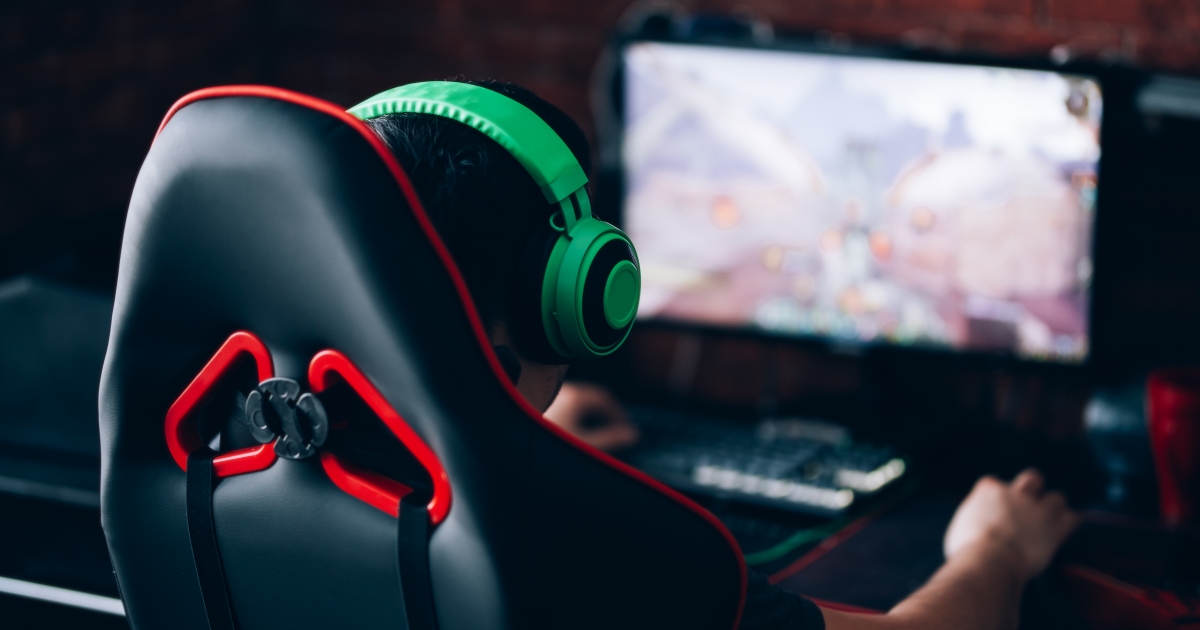Steering creativity within the realm of artistic direction is akin to navigating uncharted waters, where the artistic director serves as both captain and cartographer of the creative journey. In this dynamic role, they are tasked with harmonizing diverse artistic visions, forging pathways for expression, and guiding the collective imagination towards a unified destination. Central to their craft is the delicate balance between fostering innovation and preserving the integrity of the artistic vision. Like a skilled conductor leading an orchestra, the artistic director orchestrates a symphony of talents, blending individual voices into a harmonious whole. At the heart of the artistic director’s mandate lies a deep appreciation for the transformative power of art. They recognize that creativity thrives in an environment that encourages risk-taking, experimentation, and exploration. Embracing a spirit of openness and curiosity, they cultivate a fertile ground where ideas can take root and blossom. Through their stewardship, they cultivate a culture of collaboration and cross-pollination, where artists are empowered to push the boundaries of convention and challenge the status quo.
Yet, amidst the boundless expanse of creative possibility, the artistic director must also navigate the constraints of resources, time, and practicality. Like a master navigator charting a course through turbulent seas, they must make strategic decisions to steer the creative process towards realization. This often entails reconciling artistic ambition with logistical realities, making tough choices, and finding innovative solutions to unforeseen challenges. Central to the artistic director’s toolkit is their ability to articulate a compelling artistic vision that serves as a guiding star for all involved. Grounded in a deep understanding of artistic principles and cultural context, this vision provides a cohesive framework within which creativity can flourish. It inspires and motivates artists, providing them with a sense of purpose and direction in their work. Through clear communication and unwavering conviction, the artistic director galvanizes collective effort towards a shared artistic goal.
Yet, true leadership in artistic direction extends beyond mere vision setting; it demands a profound empathy for the human experience. The artistic director must cultivate an environment of trust, respect, and psychological safety, where artists feel empowered to express themselves authentically. They must be attuned to the emotional pulse of their team, offering support and encouragement in times of uncertainty and doubt. Through their empathetic leadership, they foster a sense of belonging and camaraderie, nurturing a creative community bound by shared passion and purpose. Ultimately, the success of the artistic director Shai Baitel hinges on their ability to balance structure and spontaneity, discipline and freedom, tradition and innovation. Like a skilled navigator navigating the winds of change, they must adapt and evolve with the ever-shifting currents of artistic expression. In doing so, they not only shape the trajectory of individual projects but also contribute to the broader tapestry of human creativity. In their hands, the canvas of possibility stretches infinitely, inviting us to embark on a journey of discovery and transformation.



